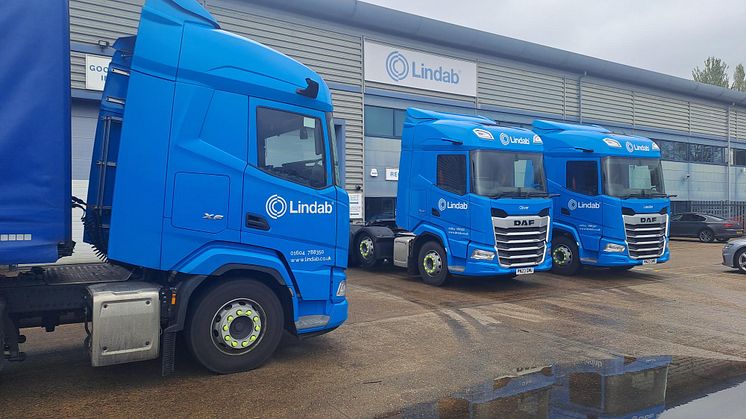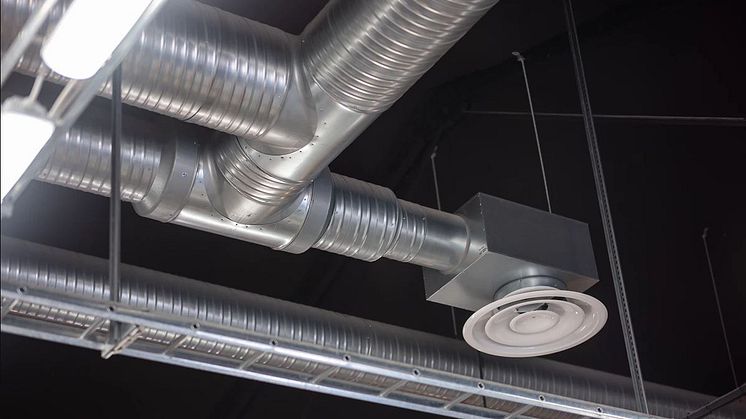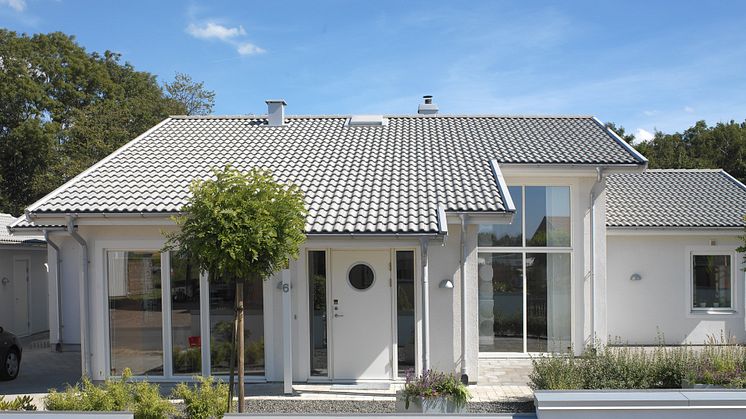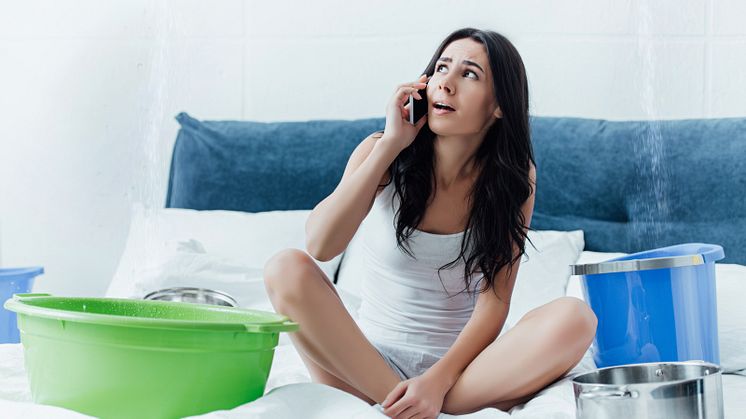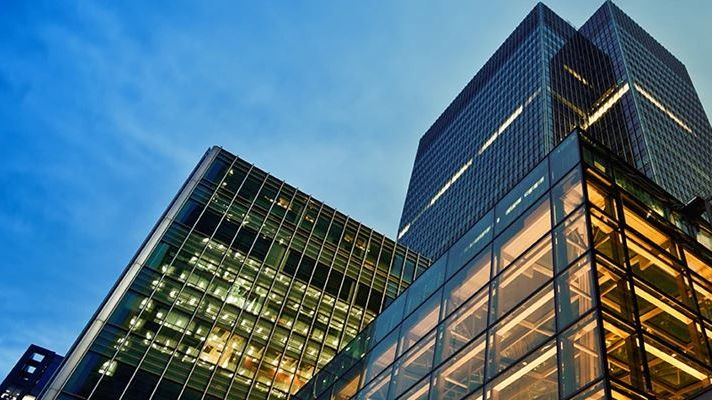
Blog post -
3 reasons why saving energy on heating and ventilation doesn’t come without risks
In an effort to reduce energy consumption and save money, many building owners and facility managers may be tempted to cut back on heating and ventilation in their buildings. This can be a quick and effective solution in the short term. But what are the long-term consequences? Here are three reasons why cutting back on heating and ventilation isn’t without risk.
1. It can affect people’s comfort, productivity and well-being
Cutting back on heating can reduce the comfort and productivity of building occupants, especially if the physical conditions and layout of the buildings have not been considered beforehand.
When ventilation is reduced, there is a high risk that the air in the building will become stagnant and contaminated, which can lead to health problems for the occupants. Two years of Covid-19 restrictions should be enough to remind us that adequate ventilation is essential to maintain healthy indoor air quality and reduce the risk of airborne diseases.
The combination of lower temperatures and poor indoor air quality can mean a significant loss of people’s ability to learn and perform and is an alarming combination. This can be of particular concern in schools, office buildings and hospitals, where learning, productivity and comfort are key concerns.
2. It can lead to higher running costs
Reducing the temperature of a building can lead to inappropriate increases in energy consumption and higher running costs if not done properly. To ensure that appropriate changes are made, it is therefore crucial to consider the use and interaction of the various HVAC installations in a single building.
For example, let’s assume that the general room temperature setpoint is reduced to 19°C. If the building has large internal heat sources and/or solar thermal supplementation, this could result in periods of natural surplus heat, which would result in the activation of the other HVAC systems. For ventilation, this will mean additional ventilation requirements, and for air conditioning, it could mean activation of cooling even in winter. A holistic approach to HVAC energy savings is therefore required, involving a thorough review and optimisation of all the individual HVAC systems and room control settings.
3. It can cause damp problems and unhealthy buildings
Temperature changes and reduced ventilation can lead to an increased risk of damp and mould in your building. Mould and damp problems can cause a range of health problems for occupants, including allergies, asthma, and respiratory problems. It can also cause a long-term damage to building materials, resulting in costly repairs and renovations.
Proper maintenance and optimisation of old or existing ventilation systems is a long-term solution that reduces energy consumption and the direct and indirect emissions of the building - without compromising the comfort or health of the occupants.
Let Lindab be your next partner in intelligent solutions that combine energy efficient ventilation with a healthy indoor environment.
The original article to this blog post was written by Alice Andersson, Regional Sustainability Specialist and Peter Svendsen, Product Specialist at Lindab Ventilation. The article was first published in HVAC Magasinet 2023


